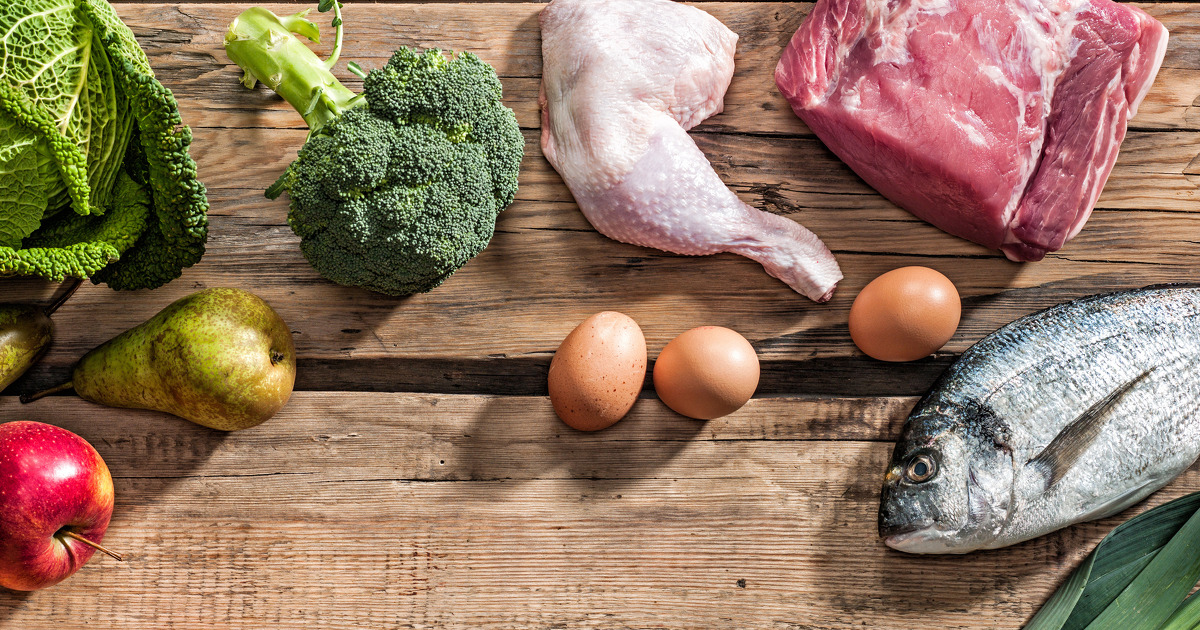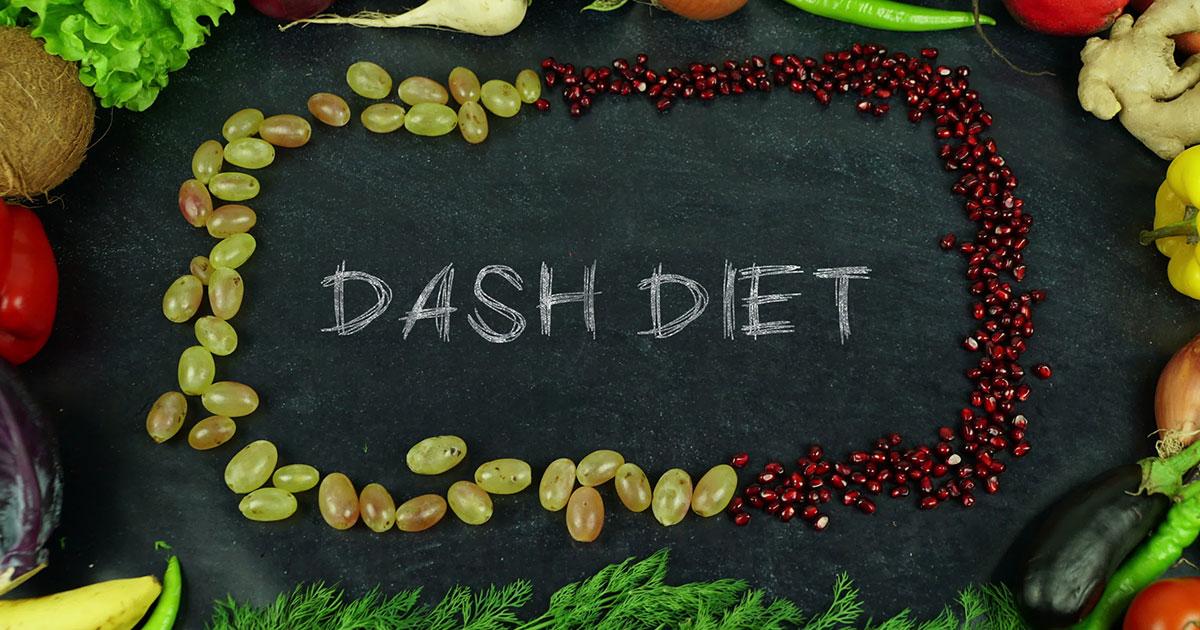Guide To The Best Diets For Weight Loss
According to the latest figures released in 2019, more than seventy percent of Americans are overweight or obese. Being overweight or obese can increase the risk of cardiovascular disease, stroke, diabetes, and some forms of cancer. In addition, individuals who struggle with excess weight tend to have higher blood pressure, cholesterol, and blood glucose, and they are more likely to experience gallstones, liver issues, varicose veins, and osteoporosis than those who are at a healthy weight. To assess weight, doctors routinely use a measure known as the body mass index, a ratio that takes into account an individual's height and weight. Doctors might also use waist circumference and body fat measurements to obtain more detailed information. Individuals who are overweight or obese are generally encouraged to use dietary modifications and increased exercise as a first line of treatment. Some patients may need to take prescription medications to achieve their weight loss goals, and patients classified as obese could be considered for bariatric surgery.
The nutritional approaches described below are some of those typically recommended for improved weight control.
Mediterranean Diet

The Mediterranean diet is based on the traditional cuisine eaten in the coastal areas of Italy, France, Spain, Greece, and northern Africa through the 1960s. Meals are built around whole grains, fruits, vegetables, legumes, and nuts. Fish, olive oil, and limited amounts of red wine are also considered staples of this nutritional approach. Unhealthy fats such as trans fats and saturated fats are avoided, and meat and added sugars are minimized. Examples of meals that fit into the Mediterranean diet include wholegrain oatmeal, hummus with pita bread, Greek salad with balsamic vinegar and olive oil dressing, and minestrone soup. Studies show individuals who follow this dietary method have a lower risk of cardiovascular disease, and diabetes patients on this eating plan tend to have better blood sugar control.
Uncover the next dietary approach for weight loss now.
Intermittent Fasting

Intermittent fasting is an eating approach in which patients restrict their eating periods to specific time frames, abstaining from food at all other times. There are several variations of fasting patients may want to consider. For beginners, experts suggest an eight-hour eating window is used. This means the patient will fast for sixteen hours a day and consume all meals within eight hours. Many followers of this approach choose to eat between noon and 8 PM. As patients become more comfortable with intermittent fasting, they may want to try more advanced approaches that require longer fasting periods. For example, some followers use the 'eat-stop-eat' method., which includes a twenty-four-hour fast. Patients stop eating after dinner on a day of their choice, and they do not eat again until dinner the following day (approximately twenty-four hours later). Most individuals begin by doing one twenty-four-hour fast per week, and some individuals who have been following this approach for a long period can do two of these fasts per week. Fasting reduces blood sugar, and many individuals lose weight with this method. Unlike other approaches, it does not require any calorie counting, and patients are free to eat any type of food during their eating periods. Individuals taking medication and those with diabetes should consult their doctor to ensure fasting is safe for their health needs.
Continue reading to reveal more diets for weight loss now.
Paleo Diet

The paleo diet is based around foods believed to have been available to humans who lived during the Paleolithic period, an era in which agricultural techniques had not yet been developed. The diet is based around fruits, vegetables, nuts, seeds, fish, and lean meats, and processed foods and added sugars are limited or eliminated. Unlike other diet plans, the paleo diet also limits consumption of potatoes, grains, dairy products, and legumes, all of which only became commonplace with the advent of agriculture. Randomized clinical trials suggest the paleo diet could allow patients to lose more weight than some other diet plans, and it might also provide better control of blood pressure and glucose.
Get the details on more popular diets used for weight loss now.
Low Carbohydrate Diet

As the name suggests, a low carbohydrate diet restricts carbohydrate intake, and there are several different approaches to this. Generally, this diet includes a high intake of protein and fat, and sugar and wheat are minimized. Patients following a low carbohydrate plan typically consume twenty to sixty grams of carbohydrates each day. Studies show individuals who follow a low carbohydrate diet can lose weight quickly, and they tend to lose more fat compared to other dietary approaches. Low carbohydrate diets have also been shown to improve high-density lipoprotein cholesterol and triglycerides more than moderate carbohydrate approaches. However, researchers are still learning about the long-term effects low carbohydrate diets could have on cardiovascular health, and there is currently insufficient evidence to conclude these diets are beneficial for heart health. In addition, drastic reductions in carbohydrate intake can cause headaches, fatigue, muscle cramps, skin rashes, and constipation or diarrhea. Patients who have underlying medical conditions, including cardiovascular issues, should ask their physician about whether a low carbohydrate diet is the safest weight loss plan for their overall health. Popular meal items on this diet plan include bunless hamburgers, bacon, eggs, steak, and pork chops.
Keep reading for more on popular weight loss diets now.
DASH Diet

The DASH (Dietary Approaches to Stop Hypertension) diet focuses on foods with calcium and potassium that can help patients lower their blood pressure. Sodium intake on the DASH diet is limited to 1,500 to 2,300 milligrams per day, and total fat is minimized. Studies demonstrate patients who follow the DASH diet can reduce their systolic blood pressure by up to fourteen points, and this approach is recommended by major health organizations as a way to prevent osteoporosis, cardiovascular disease, stroke, cancer, and diabetes.
The DASH diet includes six to eight servings of grains each day, and patients are also encouraged to eat at least four to five servings of vegetables and fruits per day. Two to three daily servings of low-fat dairy products are allowed, and up to six ounces of meat, poultry, or fish are permitted each day. Sweets, nuts, legumes, and seeds should be limited to five servings a week. Popular meal items on the DASH diet include tuna sandwiches made with wholewheat bread, oatmeal with bananas, low-fat chocolate pudding, and lean chicken with broccoli and carrots.